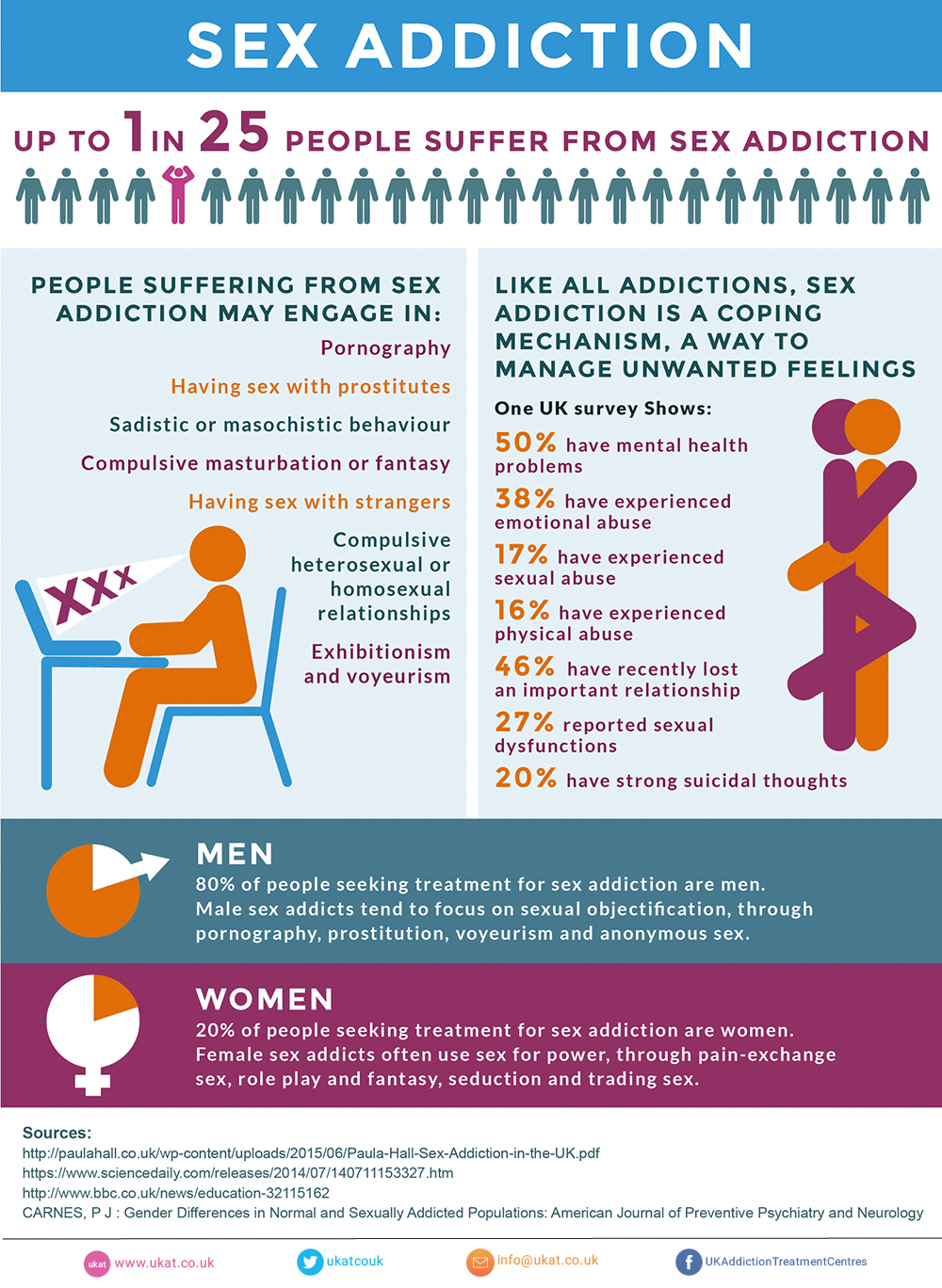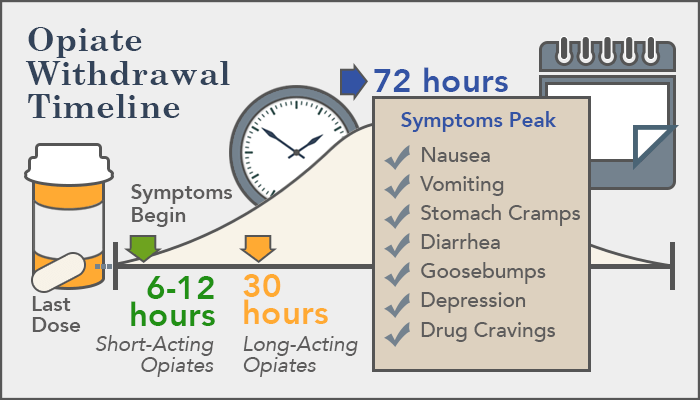Benzodiazepines are frequently utilized to alleviate alcohol withdrawal symptoms, and methadone to handle opioid Click for more info withdrawal, although buprenorphine and clonidine are also utilized. Many drugs such as buprenorphine and amantadine and desipramine hydrochloride have been attempted with drug abusers experiencing withdrawal, but their efficacy is not established. Intense opioid intoxication with significant breathing depression or coma can be deadly and needs prompt turnaround, using naloxone.
Disulfiram (Antabuse), the very best understood of these representatives, hinders the activity of the enzyme that metabolizes a significant metabolite of alcohol, leading to the build-up of toxic levels of acetaldehyde and various extremely unpleasant side Drug Rehab Center effects such as flushing, queasiness, throwing up, hypotension, and anxiety. More recently, the narcotic villain, naltrexone, has also been found to be reliable in decreasing relapse to alcohol usage, apparently by blocking the subjective effects of the very first drink.
Naltrexone keeps opioids from inhabiting receptor sites, therefore preventing their blissful results. These antidipsotropic agents, such as disulfiram, and obstructing agents, such as naltrexone, are only useful as an accessory to other treatment, particularly as incentives for regression avoidance ( American Psychiatric Association, 1995; Agonist alternative treatment changes an illicit drug with a prescribed medication.
The leading alternative treatments are methadone and the even longer acting levo-alpha-acetyl-methadol (LAAM). Clients using LAAM just need to ingest the drug three times a week, while methadone is taken daily. Buprenorphine, a blended opioid agonist-antagonist, is likewise being utilized to suppress withdrawal, reduce drug craving, and block euphoric and enhancing effects ( American Psychiatric Association, 1995; Medications to treat comorbid psychiatric conditions are an essential accessory to drug abuse treatment for patients detected with both a compound usage condition and a psychiatric disorder.
Getting My How Outpatient Addiction Treatment Centers Work To Work
Because there is a high frequency of comorbid psychiatric disorders among individuals with substance dependence, pharmacotherapy directed at these conditions is often shown (e.g., lithium or other state of mind stabilizers for clients with verified bipolar disorder, neuroleptics for clients with schizophrenia, and antidepressants for clients with major or atypical depressive condition).
Missing a verified psychiatric diagnosis, it is unwise for medical care clinicians and other physicians in substance abuse treatment programs to recommend medications for sleeping disorders, stress and anxiety, or anxiety (particularly benzodiazepines with a high abuse capacity) to clients who have alcohol or other drug conditions. what is the best treatment plan for curinf opiate addiction. Even with a validated psychiatric medical diagnosis, patients with substance usage disorders need to be prescribed drugs with a low capacity for (1) lethality in overdose scenarios, (2) worsening of the impacts of the mistreated substance, and (3) abuse itself.
These medications need to likewise be given in minimal quantities and be closely kept an eye on ( Institute of Medication, 1990; Since prescribing psychotropic medications for patients with dual diagnoses is clinically complicated, a conservative and sequential three-stage technique is suggested. For an individual with both an anxiety condition and alcoholism, for example, nonpsychoactive options such as workout, biofeedback, or stress decrease strategies must be tried first.
Just if these do not ease signs and grievances must psychedelic medications be supplied. Appropriate recommending practices for these dually detected patients encompass the following 6 "Ds" ( Landry et al., 1991a): Medical diagnosis is vital and need to be confirmed by a careful history, thorough assessment, and proper tests before recommending psychotropic medications.
7 Easy Facts About What Is The Treatment For Opioid Addiction In Arizona Explained
Dosage should be appropriate for the medical diagnosis and the severity of the issue, without over- or undermedicating. If high dosages are required, these must be administered daily in the workplace to guarantee compliance with the prescribed amount. Period should not be longer than suggested in the package insert or the Doctor's Desk Referral so that extra reliance can be avoided.
Reliance advancement must be constantly kept an eye on. The clinician also should alert the patient of this possibility and the need to make choices concerning whether the condition warrants toleration of reliance. Documents is important to ensure a record of the providing grievances, the medical diagnosis, the course of treatment, and all prescriptions that are filled or refused along with any assessments and their recommendations.
One approach that has been checked with cocaine- and alcohol-dependent persons is supportive-expressive treatment, which attempts to develop a safe and helpful therapeutic alliance that motivates the client to address negative patterns in other relationships ( American Psychiatric Association, 1995; National Institute on Drug Abuse, unpublished). This strategy is typically utilized in combination with more extensive treatment efforts and focuses on current life issues, not developmental problems.
This varies from psychiatric therapy by trained psychological health experts ( American Psychiatric Association, 1995). Group therapy is one of the most often utilized methods during main and extended care phases of compound abuse treatment programs. Various methods are used, and there is little contract on session length, conference frequency, optimum size, open or closed registration, period of group involvement, number or training of the involved therapists, or design of group interaction.
Some Known Factual Statements About What Is Fusion Treatment And Addiction
Group treatment offers the experience of closeness, sharing of agonizing experiences, communication of feelings, and assisting others who are fighting with control over substance abuse. The concepts of group characteristics frequently extend beyond therapy in substance abuse treatment, in educational presentations and discussions about abused substances, their effects on the body and psychosocial functioning, prevention of HIV infection and infection through sexual contact and injection drug usage, and numerous other substance abuse-related subjects ( Institute of Medicine, 1990; Marital treatment and household therapy focus on the substance abuse habits of the identified patient and likewise on maladaptive patterns of household interaction and communication (what is evidence based treatment for addiction).
The objectives of family therapy also vary, as does the phase of treatment when this technique is utilized and the kind of household participating (e.g., extended family, wed couple, multigenerational family, remarried family, cohabitating very same or different sex couples, and grownups still suffering the consequences of their parents' substance abuse or reliance). how to get more clients at an outpatient addiction treatment program.
Involved member of the family can help guarantee medication compliance and participation, plan treatment strategies, and screen abstinence, while treatment focused on ameliorating inefficient family dynamics and reorganizing bad communication patterns can help develop a better environment and assistance system for the individual in recovery. Numerous well-designed research studies support the efficiency of behavioral relationship treatment in improving the healthy performance of households and couples and improving treatment outcomes for individuals (Landry, 1996; American Psychiatric Association, 1995). Initial studies of Multidimensional Family Treatment (MFT), a multicomponent family intervention for parents and substance-abusing adolescents, have discovered improvement in parenting skills and associated abstinence in adolescents for as long as a year after the intervention ( National Institute on Drug Abuse, 1996). Cognitive behavioral treatment efforts to change the cognitive processes that lead to maladaptive behavior, intervene in the chain of events that lead https://blogfreely.net/oraniezh1k/when-your-life-is-filled-with-fulfilling-activities-and-a-sense-of-purpose to compound abuse, and then promote and enhance needed abilities and habits for attaining and keeping abstaining.

Stress management training-- using biofeedback, progressive relaxation techniques, meditation, or workout-- has actually ended up being incredibly popular in substance abuse treatment efforts. Social skills training to enhance the basic performance of individuals who are deficient in normal interactions and interpersonal interactions has actually also been demonstrated to be an efficient treatment strategy in promoting sobriety and decreasing regression.
